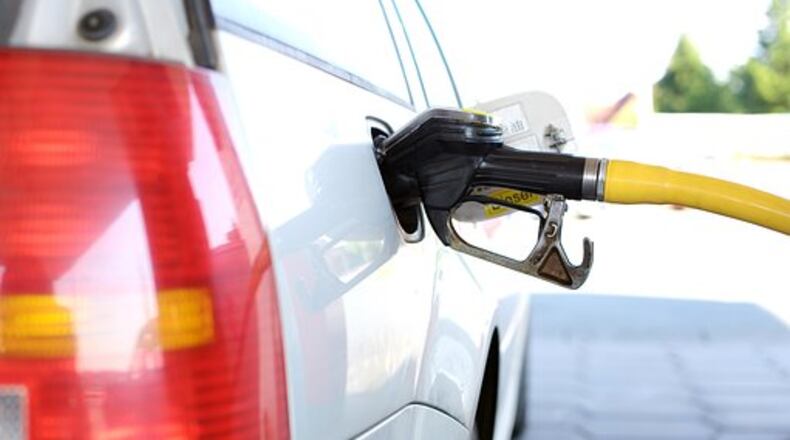This compares with the national average that has fallen 2.4 cents per gallon in the last week to $2.32 per gallon, according to gasoline price website GasBuddy.com.
"While the sun may be fading away briefly today, the sun is certainly not setting on the impressive demand for gasoline we've seen thus far this summer," said Patrick DeHaan, a senior petroleum analyst for GasBuddy.
LOCAL NEWS: Fatal crash: Schools close after deaths of 2 Clark County HS students
Including the change in gas prices in Dayton during the past week, prices on Sunday were 10.7 cents per gallon lower than the same day one year ago and are 7.8 cents per gallon lower than a month ago.
The national average has increased 3.7 cents per gallon during the last month and stands 15.7 cents per gallon higher than this day one year ago.
According to GasBuddy.com, the average price for a gallon of gas in Dayton is $2.18, with prices stable. The cheapest gas, as of Monday morning, is $2.06 at Sam’s Club on Miller Lane.
In Hamilton, the average price for a gallon of gas is $2.23 with prices stable. The cheapest gas is $2.15 at Five Points Market on Grand Boulevard.
In Springfield, the average price for a gallon of gas is $2.18, with prices staying stable. The cheapest gas is $2.10 at BP on North Limestone Street.
"There has been nearly insatiable demand for gasoline ahead of today's eclipse,” DeHaan said. “So much so that some motorists in rural eclipse viewing areas may find filling their tanks more challenging as stations struggle to keep fuel in their underground tanks. But the good news is that the bulk of the motoring public is seeing gas prices drift lower as oil prices have slipped. That trend may continue in the week ahead as oil prices have remained under pressure as the season's close comes into view along with lower gasoline demand and cheaper winter gasoline."
About the Author
